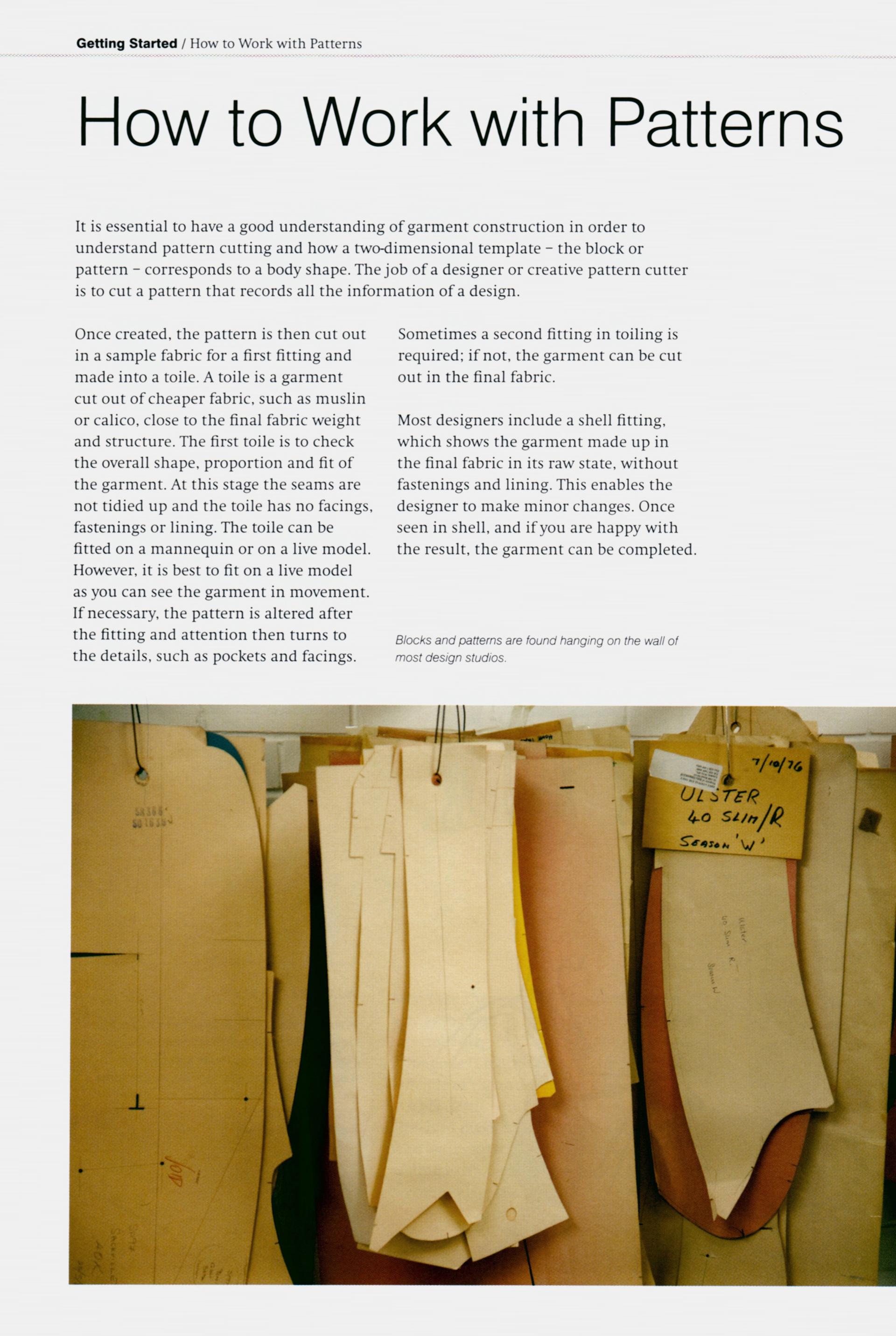Title: The Distinctions Between Down and Silk Duvets: A Comprehensive Guide
Down and silk duvets are two popular types of bedding materials used in winter to keep warm. Down is a lightweight, insulating material made from the feathers of birds such as ducks, geese, and chickens. It is known for its warmth retention properties and ability to mold to the body's shape, providing a comfortable night's sleep. On the other hand, silk duvets are made from silk fibers that are incredibly soft and luxurious to the touch. Silk is also an excellent insulator and can help regulate temperature, making it a popular choice for those who prefer a lighter weight duvet. However, silk duvets may be more expensive than down duvets and require special care to maintain their luster. Both down and silk duvets offer unique benefits, and choosing between the two depends on individual preferences and needs. Those who prioritize warmth retention and a comfortable sleeping experience may prefer down duvets, while those who value softness and luxury may opt for silk duvets. Ultimately, both options provide a cozy and comfortable way to stay warm during the colder months.
Introduction
In the world of bedding, two types of duvets stand out as popular choices for their warmth, comfort, and versatility: down duvets and silk duvets. While both offer exceptional insulation and a cozy sleeping experience, they differ in terms of materials, filling properties, and overall feel. This article explores the key distinctions between these two types of duvets, helping you make an informed decision based on your personal preferences and needs.
Section 1: Materials and Construction

The primary difference between down duvets and silk duvets lies in their materials. Down duvets are made from feathers, typically sourced from geese or ducks. These feathers are then processed to remove any impurities or water content, which can affect their quality and performance. In contrast, silk duvets are made from silk fibers derived from the cocoon of silkworms. Silk is renowned for its luxurious feel, moisture-wicking properties, and durability.
Section 2: Filling Properties
Down duvets are known for their high fill power, which measures how much heat they can trap compared to their weight. Fill power is an important factor to consider when choosing a down duvet, as it directly affects its warmth and comfort level. High-fill-power down duvets (typically with fill power ratings ranging from 700-900) are more efficient at retaining heat than lower-fill power options (typically with ratings below 650). However, lower-fill-power down duvets may still provide adequate warmth during cooler months.
Silk duvets, on the other hand, do not have a built-in fill power rating like down duvets. Instead, their warmth is determined by the weight and thickness of the silk fibers. Silk duvets are generally lighter and thinner than down duvets, making them suitable for warmer climates or for those who prefer a less bulky sleep environment. However, due to their lack of insulation properties, silk duvets require an additional layer of bedding such as a sheet or quilt to maintain warmth during colder nights.
Section 3: Comfort and Care
Both down duvets and silk duvets offer exceptional levels of comfort when properly cared for. To keep your down duvet in top condition, it is recommended to wash it every few years (or as needed) using a gentle detergent and cool water. It is also essential to dry your down duvet in a tumble dryer with low heat or air dry it completely before using again. For silk duvets, washing is not recommended as it can damage the delicate fibers. A periodic vacuuming can help keep your silk duvet clean and fresh, while spot cleaning with a mild detergent and cold water can address any stains or spills.
Section 4: Noise Reduction

Silk duvets are often considered more noise-reducing than down duvets due to their ability to absorb sound waves. This property can be particularly beneficial for couples who share a bed or children who need a quieter sleeping environment. Down duvets, on the other hand, are less likely to produce noticeable noise when moved around during sleep.
Section 5: Price Point and Sustainability
Down duvets are generally more expensive than silk duvets due to the high cost of acquiring and processing goose or duck feathers. However, this premium pricing can be offset by the fact that down duvets have a longer lifespan than most other types of duvets. Silk duvets, while less expensive upfront, may require more frequent replacement due to their delicate nature and shorter lifespan. In terms of sustainability, both down and silk duvets have their merits. Down is considered a more eco-friendly option as it has a closed-loop recycling process in place for used feathers. Silk is also biodegradable and does not produce harmful waste during production or use.
Conclusion
In summary, down duvets and silk duvets offer distinct advantages and drawbacks when it comes to materials, filling properties, comfort, care requirements, noise reduction, price point, and sustainability. Ultimately, the choice between these two types of duvets comes down to personal preference and individual needs. If you prioritize warmth, comfort, durability, and ease of maintenance, a down duvet may be the best choice for you. If you value luxury, breathability, noise reduction, and eco-friendliness, a silk duvet could be the perfect fit for your sleeping situation.
Articles related to the knowledge points of this article:
Is a down comforter bigger than a regular comforter?
Making a down quilt: The number of people needed
Four Pounds of Down: The Intricacies and Importance of a Lightweight Duvet
How to Clean a Down Comforter? A Comprehensive Guide
Title: The Symbolic Importance of Bequeathed Down Comforters in Chinese Weddings



